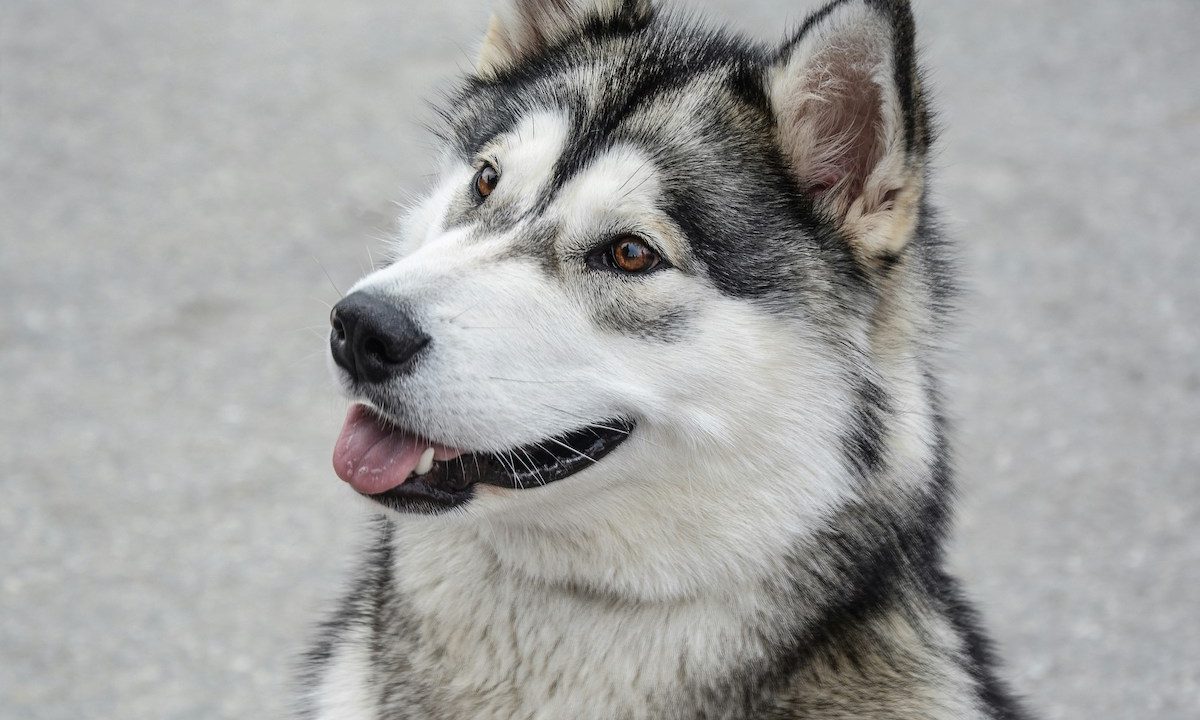Siberian huskies are gorgeous dogs built to thrive in harsh conditions. They love the snow and cold weather, but they’re just as likely to enjoy time spent indoors with their family. In recent years, huskies have become famous for their talkative, over-the-top personalities, but there are so many reasons to love this hearty Northern breed.
However, if you love these silly Siberian huskies, you may be interested in looking for other dog breeds like husky dogs. Some share that pointed, wolf-like look, while others take after huskies in terms of their personalities. Whatever you’re looking for, you just may find it in these husky-like dog breeds.
Check out these nine dog breeds like husky pups. Odds are, they’ll look and sound a little familiar!
Alaskan Klee Kai
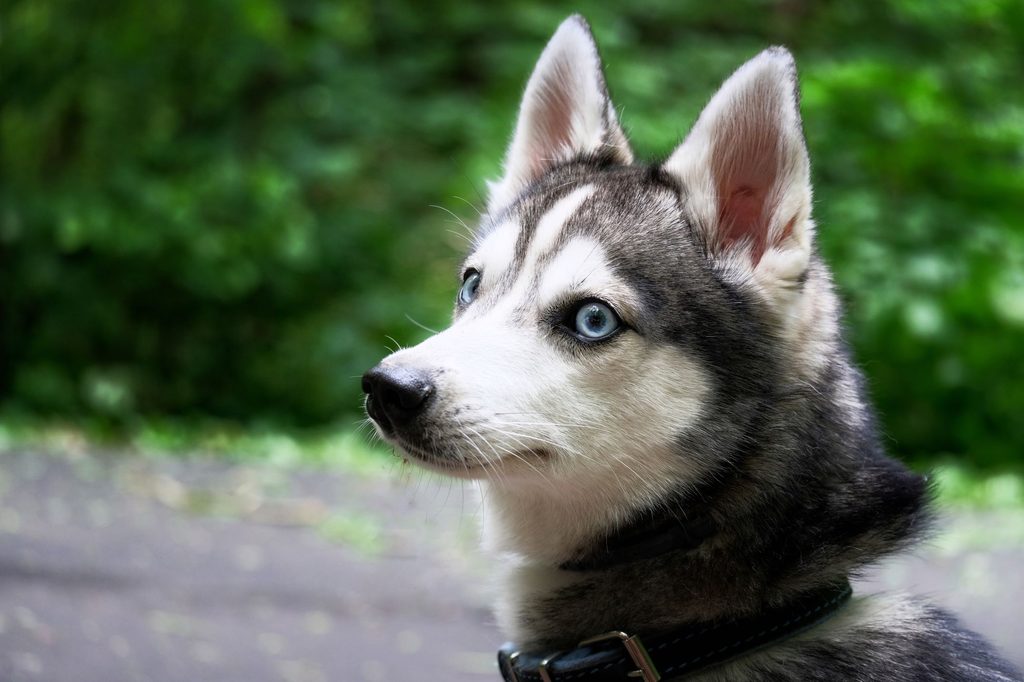
Many folks think of the Alaskan Klee Kai as a kind of miniature husky, and it’s easy to see why. They certainly look like tiny husky dogs with their face masks and blue eyes. They’re also closely related to their Siberian cousins, as well as other Alaskan dog breeds, so it’s no secret why there are so many similarities.
Klee Kais differ from huskies with their small size and purpose as a companion dog. Even though these dogs are too small to pull sleds or work in remote Alaskan villages, they are adventurous, adaptable pups known for getting along well with other dogs.
Alaskan malamute
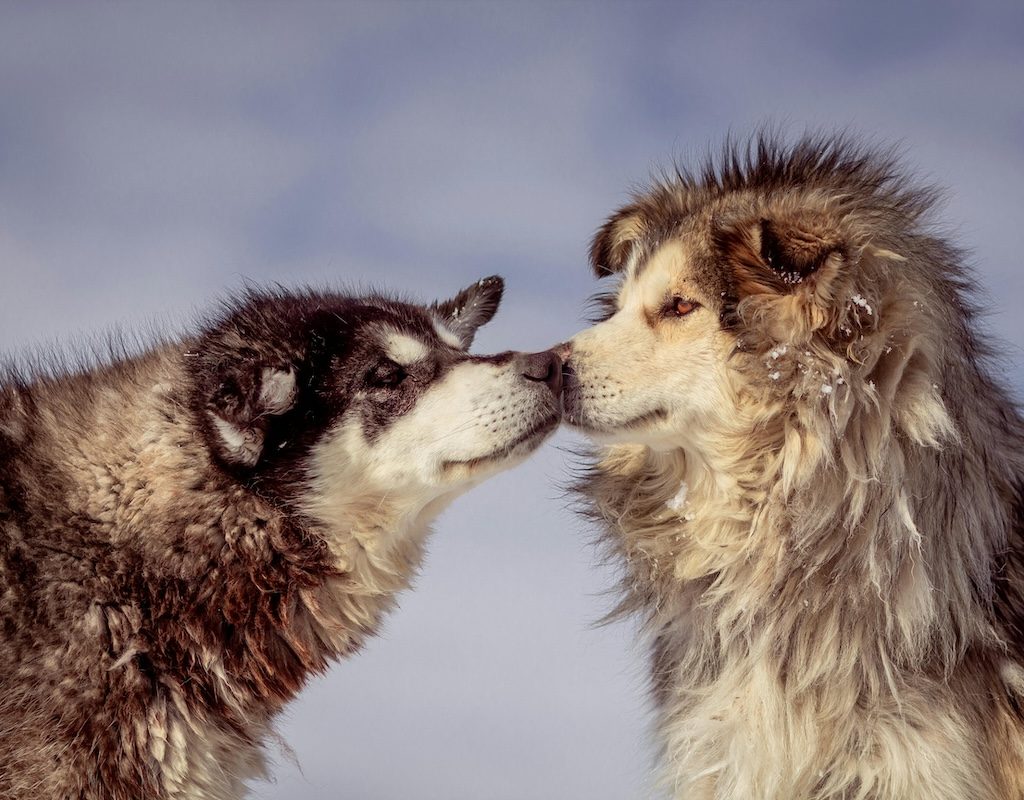
Alaskan malamutes are commonly mistaken for Siberian huskies, but it’s easy to understand why when you see both Nordic dog breeds side by side. They share many physical and behavioral traits, but malamutes are significantly larger, fluffier, and more aloof.
Both breeds were developed to pull sleds and assist in a number of jobs around the home or village, but malamutes may be less friendly to strangers and other dogs. They are smart, loyal, and powerful dogs that can also be stubborn, so they’re not for the faint of heart.
Akita Inu

Akita Inus may hail from Japan, but they have several husky-like characteristics, like loyalty, physical strength, a curly tail, and pointed facial features. This is because they also hail from a Spitz lineage, like the husky.
Akitas are known as family protectors and loyal friends, but they can also be wary of strangers and aloof to non-family members. Even though they are much quieter than Siberian huskies, they bond with their family through protection, training, exercise, and love.
American Eskimo dog
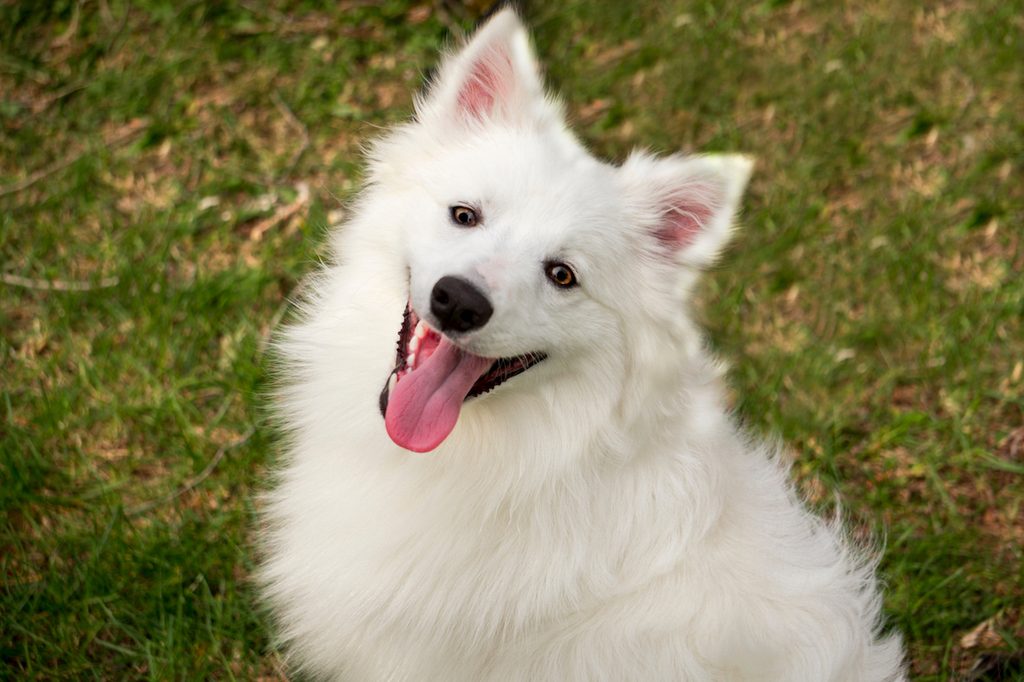
With their white, fluffy bodies, American Eskimo dogs won’t be mistaken for a husky. However, many of their personality traits mirror their Siberian cousins in the most precious ways. These dogs are affectionate and eager to interact with family and friends of all ages, and they love to be the center of attention with a silly personality and a clever mind. American Eskimo dogs have even had a history as circus dogs thanks to their intelligence, eagerness to please, and quick ability to learn.
Chinook
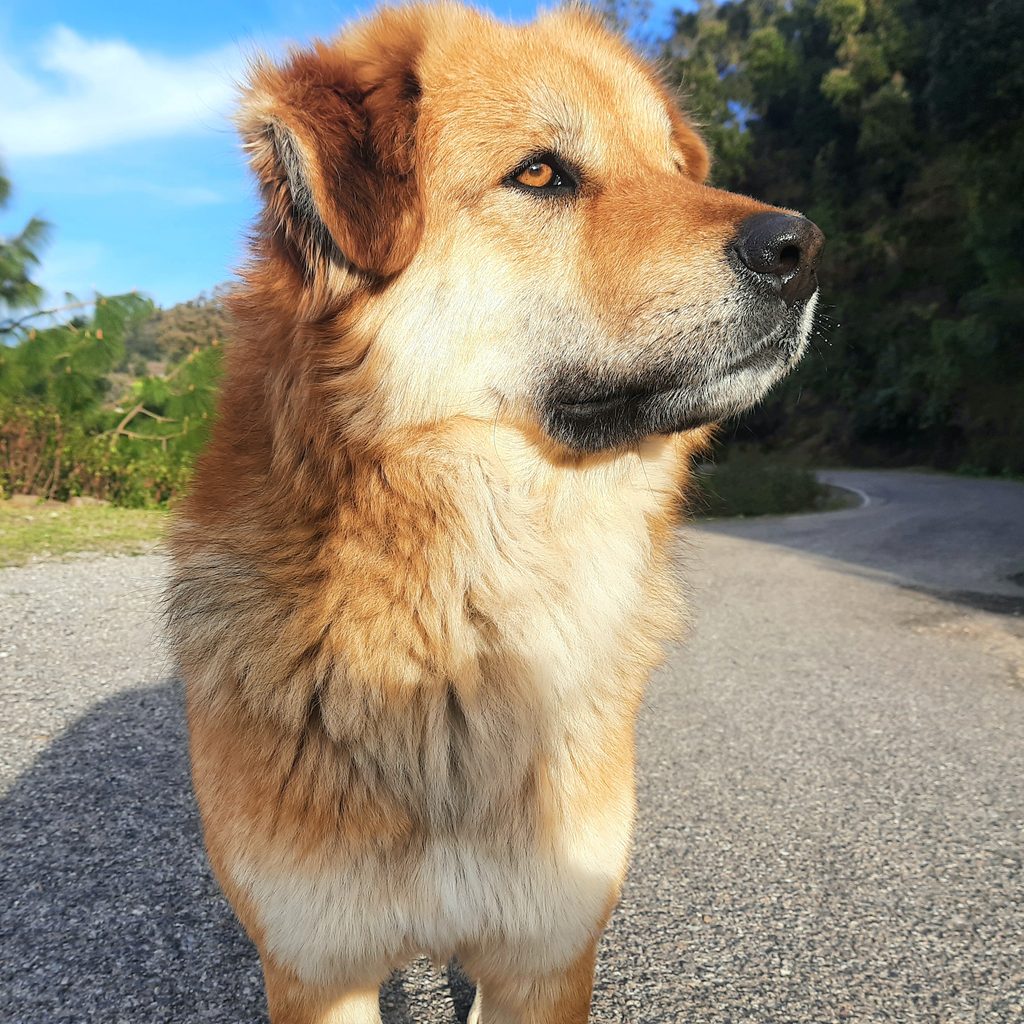
Like the Eskimo dog, chinook dogs share geographical and behavioral similarities with huskies. These pups are also bred to work and thrive in cold climates, whether they’re a clever family dog or a loyal farm worker.
The American Kennel Club describes chinooks as “dual-purpose haulers, with the power of freighting dogs and the speed of sled racers.” They are highly alert and trainable, and can succeed in a number of activities from search and rescue to agility or obedience.
Keeshond
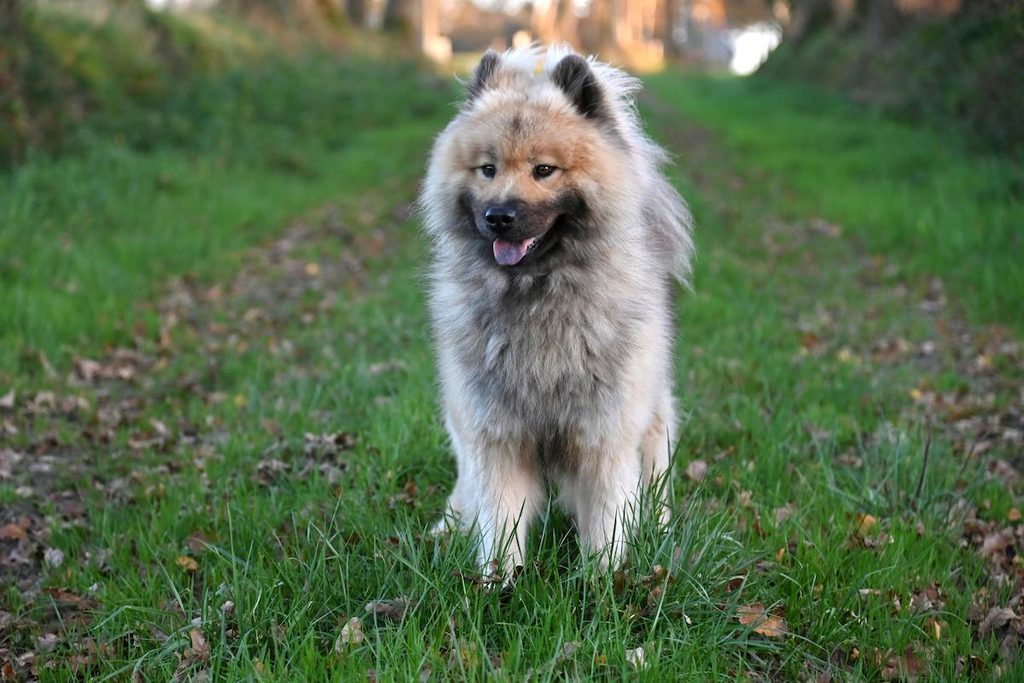
Keeshonds are Dutch working dogs that arrived in the West on ships, but they share many commonalities with Siberian dogs like huskies. Because keeshonds (technically, the correct plural term is ‘keeshonden’) also hail from a cold climate, they have a massive, double-layered coat that requires regular brushing and grooming.
They are known for being friendly and loving with people they know, but they are also wonderful medium-sized guard dogs that can carry a bit of a stubborn streak. They’re not the best choice for first-time dog owners.
Norwegian elkhound
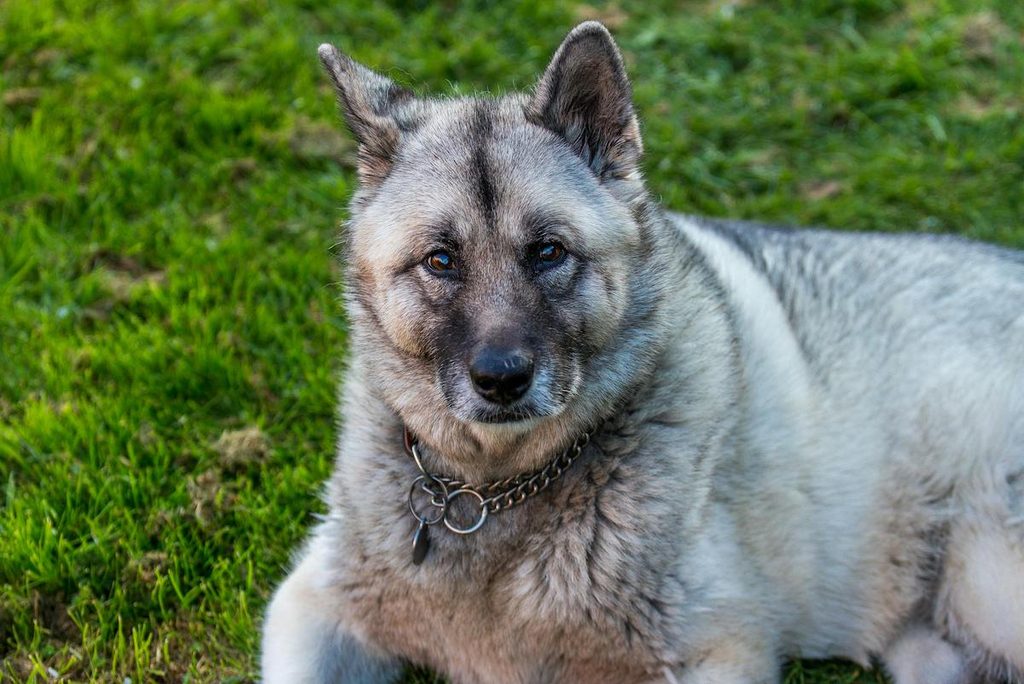
The Norwegian elkhound is the national dog of Norway and a protector of many homes across the globe. As their name implies, these dogs were bred to hunt elk, bears, and other large game, but they can also help their family as a herding dog or guard dog. Their silvery-gray coat looks like an agouti husky, but their loyal and alert personalities remind many of a Siberian.
Samoyed
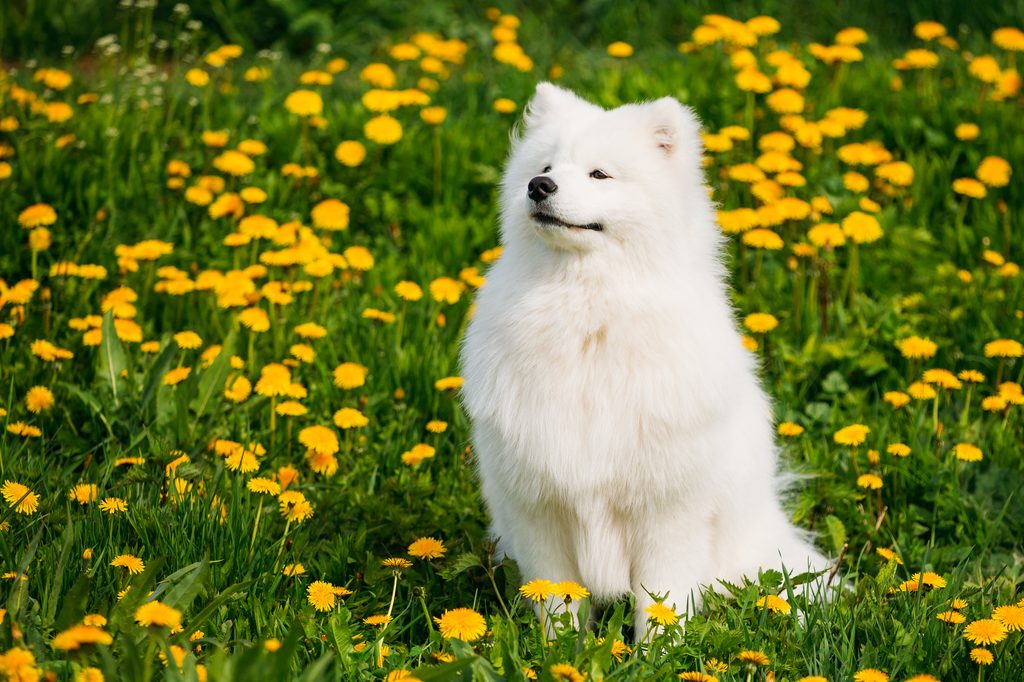
Samoyed dogs may look like walking clouds, but there is so much more to this breed than their fluffy coat. These massive dogs can be stubborn, smart, and mischievous. Even so, consistent care and exercise can turn a Samoyed into a loving, social pup. “Sammies” are famous for their massive white fur coats and their contagious smile, which reminds many of a husky’s fun-loving nature and joyful appearance.
Tamaskan dog
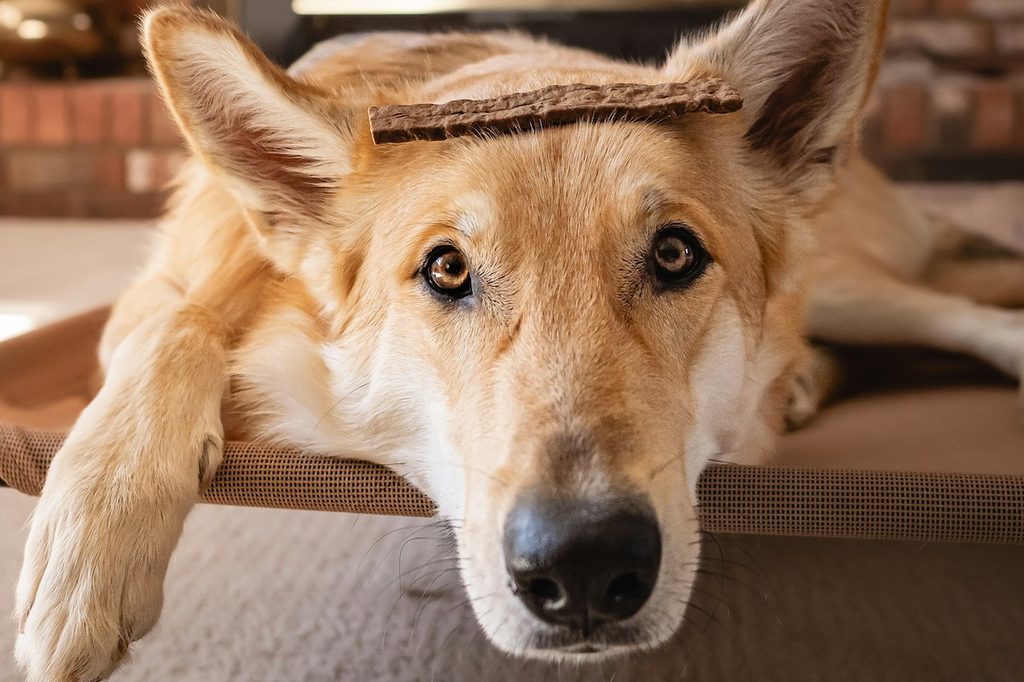
Tamaskan dogs originated in Finland in 1980. They’ve been bred to resemble a wolf via the Siberian husky, Alaskan malamute, and German shepherd ancestors, but another goal of their breeding was to keep all the positive personality traits of domestic dogs. Like their ancestors, Tamaskans are social, loyal, and a bit stubborn, and they aren’t recommended for beginner dog owners.
Although the American Kennel Club does not recognize the Tamaskan dog breed, the American Rare Breed Association and the Kennel Club of the United States of America does recognize it.
Whether you’re looking for a husky-like dog to adopt or are fascinated by these strong Northern dog breeds, there’s no question that these dog breeds would be right up your alley.
